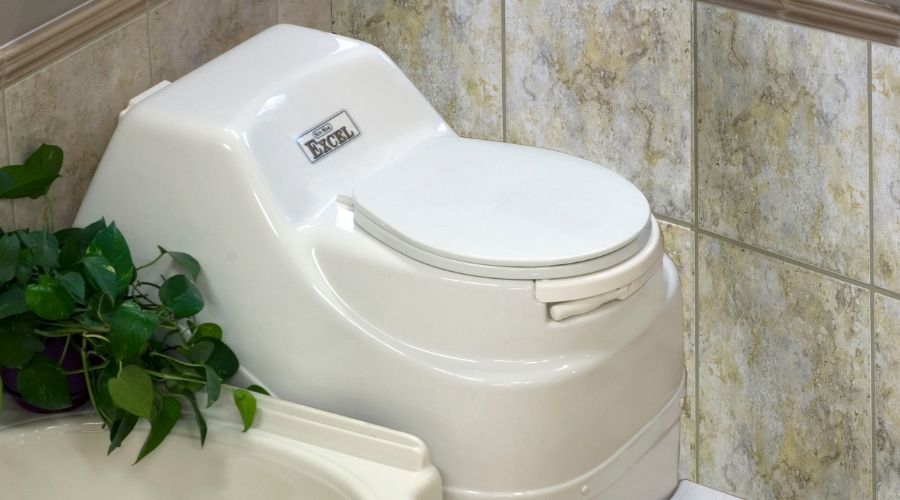You’ve heard of composting food scraps for use in a garden but what about a composting toilet? It exists and it’s not only for those who want to live a life off the grid. Here is the lowdown on composting toilets, how they work, and their potential uses.
What Exactly Is a Composting Toilet?
A composting toilet involves a standard toilet seat perched on top of a sort of holding chamber. This chamber collects the waste and is typically filled with compost material too. The chamber will include a small door that allows for access to the compost pile when it is time to transfer it to another holding spot. This type of toilet is often referred to as a “dry” toilet since it does not use water or a flushing system.
The way this works is when people use the composting toilet, they don’t flush as they would with a typical toilet. Instead, they usually put some composting material on top of the waste. This material could include sawdust, peat moss, or other organic carbon matter. This material helps to break down the waste, balance out the ratio of carbon to nitrogen, and (hopefully) reduce odor.
It is not uncommon for composting toilets to have a urine diversion system, which essentially helps to remove excess liquid from the compost pile. In addition, a ventilation system is needed to divert gases and odors as well as assist with aerobic decomposition.
History of Composting Toilets
Before the 1800s, dry toilets were widely used. They were similar to composting toilets except that these 19th-century toilets simply collected waste without the process of composting it. Instead, the waste was collected and then disposed of. Throughout the years, different countries have adopted regulations regarding composting toilets, although the United States does not currently have nationwide standards. Rather, various states have their own rules regarding how to use composting toilets. Countries such as Finland, Germany, and Sweden have successfully implemented composting toilets in homes and offices.
Benefits of a Composting Toilet
You might be wondering if this type of toilet is safe and, if so, what the benefits are. When done correctly, a composting toilet is safe for human use and can actually help to enrich the soil and seriously cut down on water consumption. National parks throughout the world, as well as people who are deeply committed to supporting the environment, are likely to use composting toilets. They are also a great alternative to indoor plumbing, particularly in rural areas or those that are recovering from natural disasters. Places that lack access to a sewage system or people who can’t get septic tanks can benefit from a composting toilet.
What to Expect
A composting toilet may have the holding chamber above or under the ground. They can also be made of various materials such as wood or plastic. You can find these types of toilets in natural settings as well as in homes or government buildings. That being said before you decide to go out and get yourself a composting toilet, be aware that it requires a lot of work and maintenance. While this system can be great for the environment, it can be potentially dangerous if it is not kept neat and tidy. Ammonia and VOCs (volatile organic compounds) can be present around a composting toilet, which is why it is crucial to have proper ventilation and carbon additives to place in the toilet.
This type of toilet may not be for you and that’s okay. Still, it is impressive to see the improvements that people have made to the “dry toilet” of decades past.

